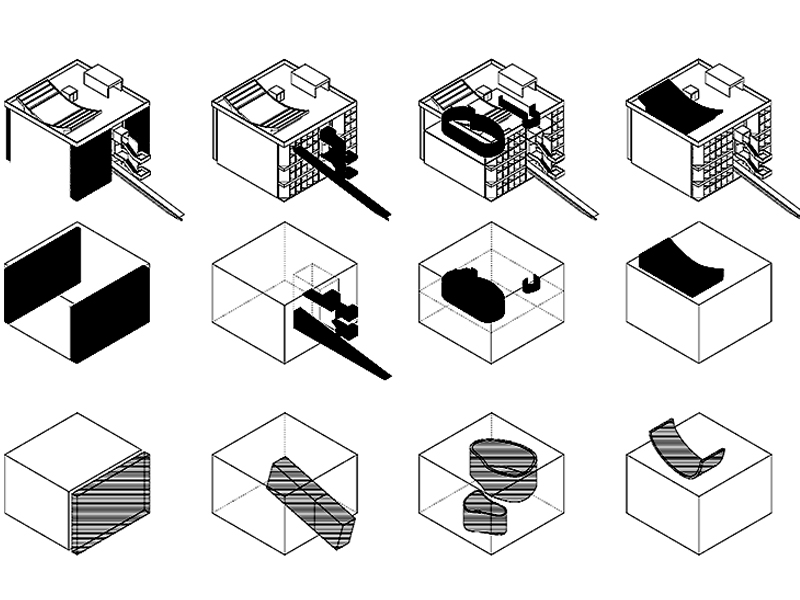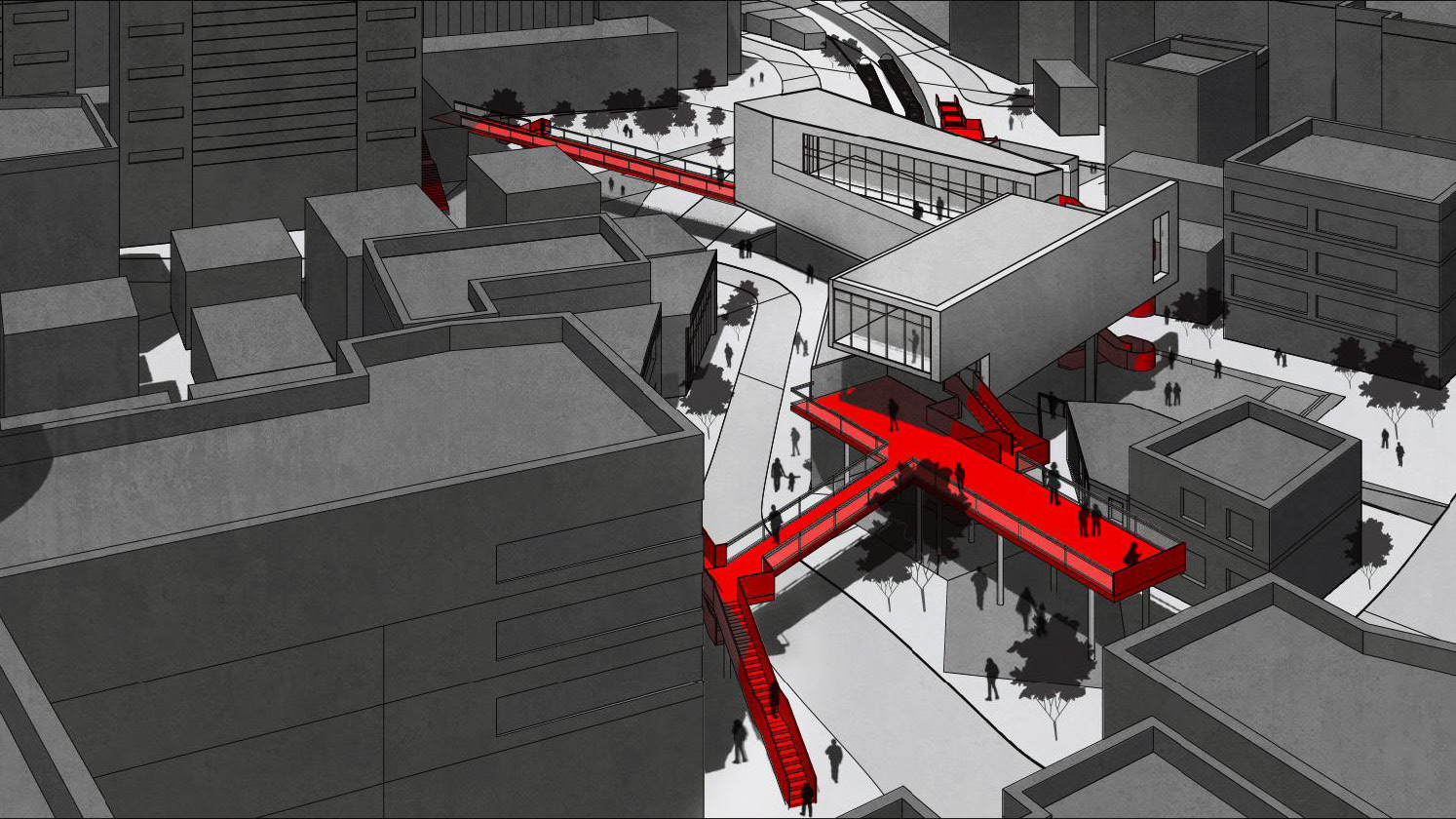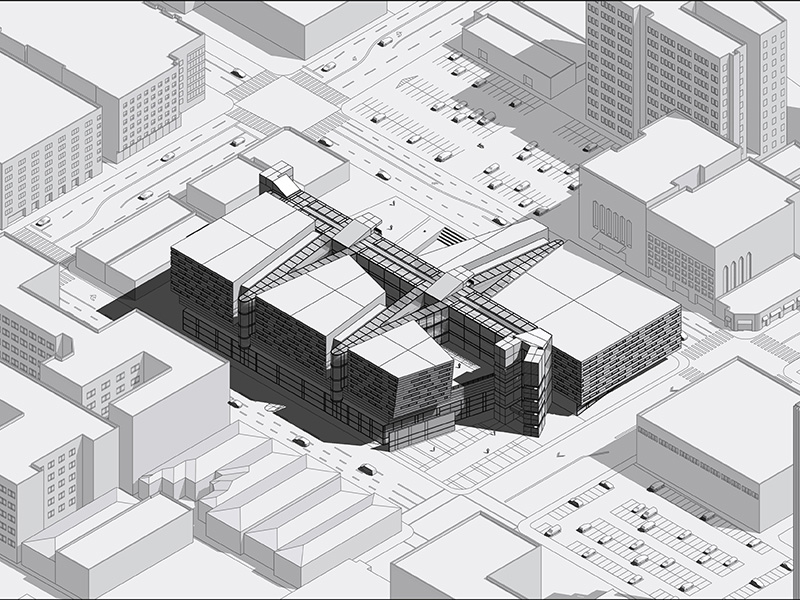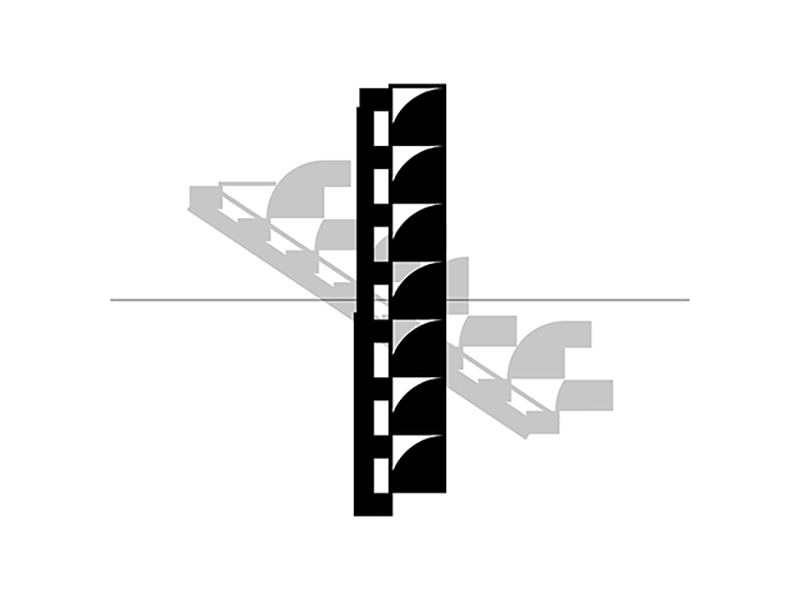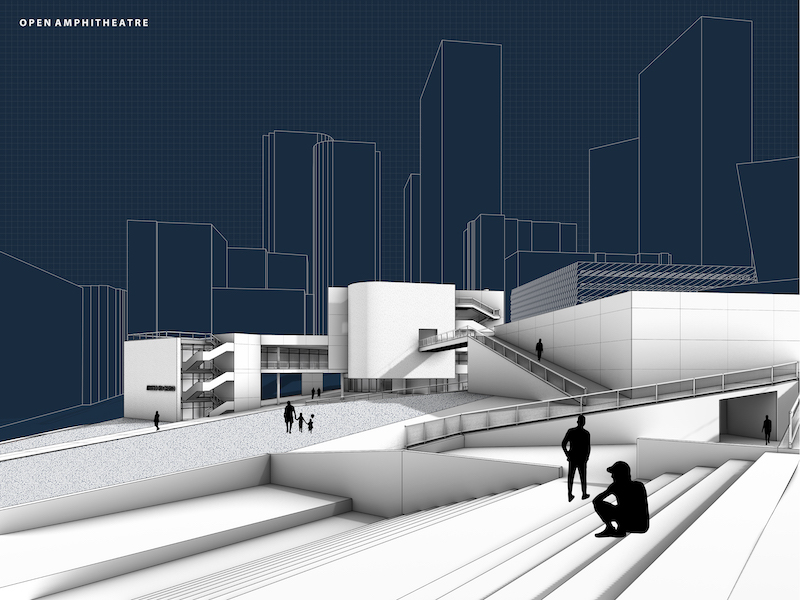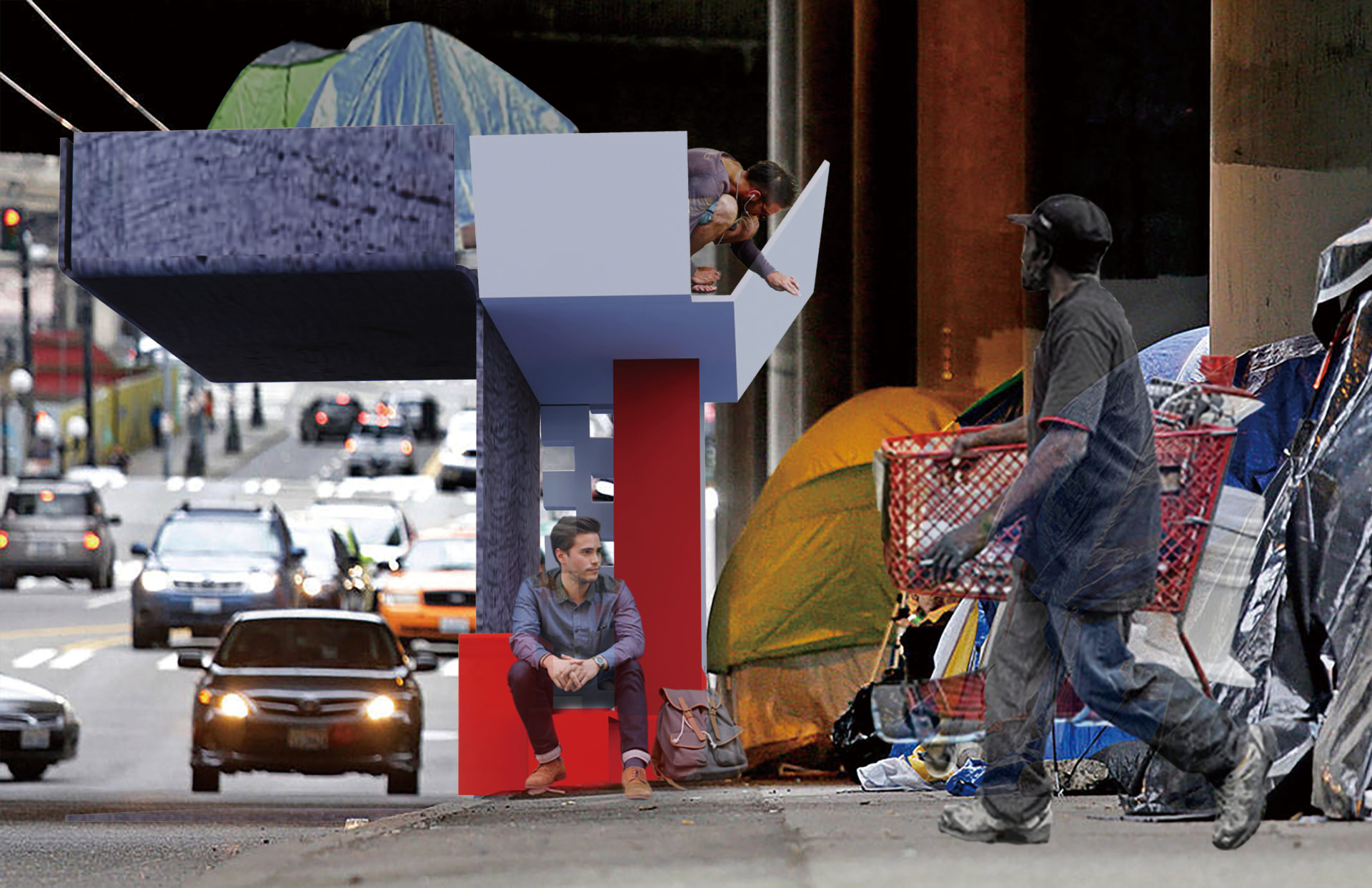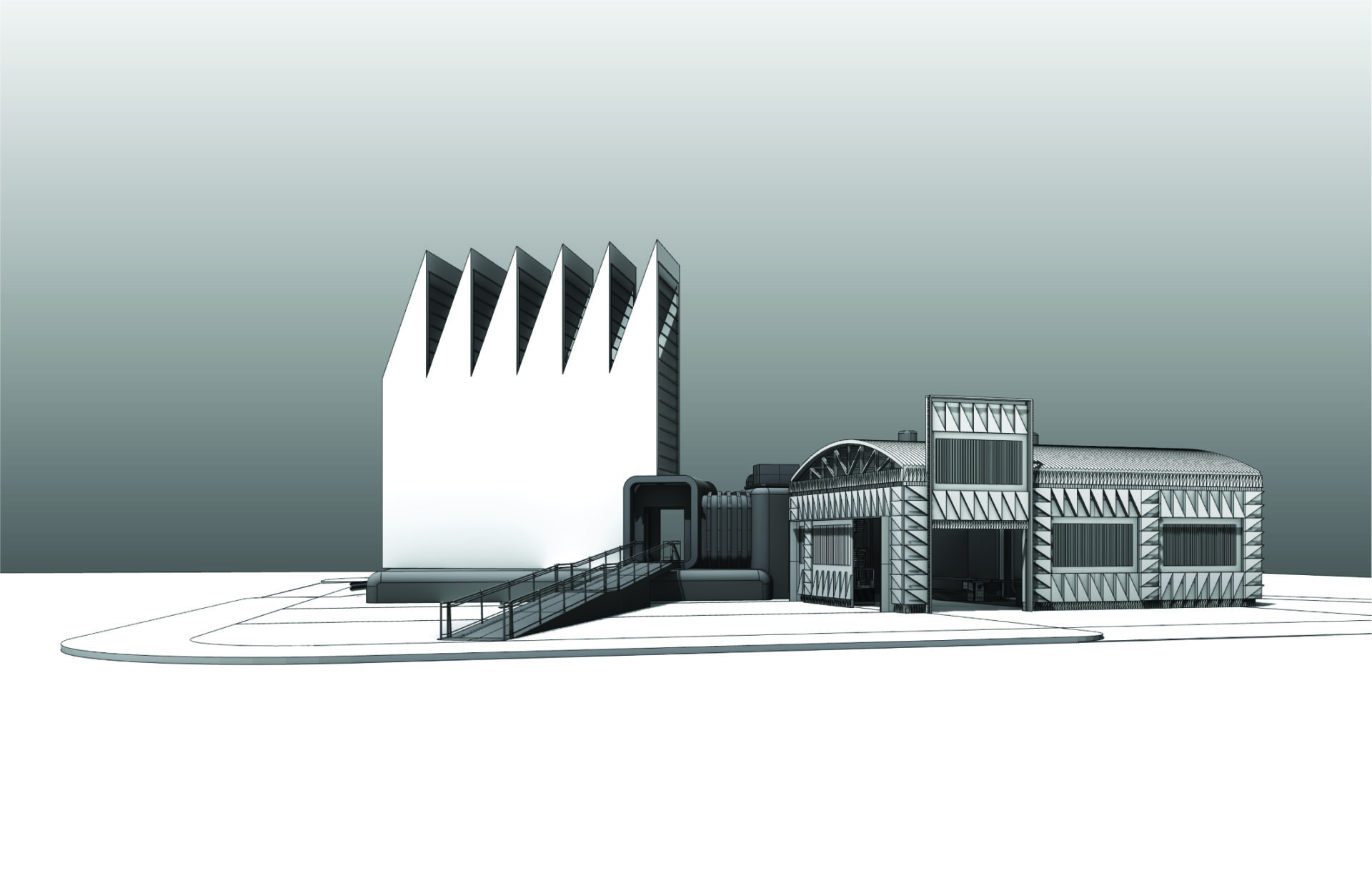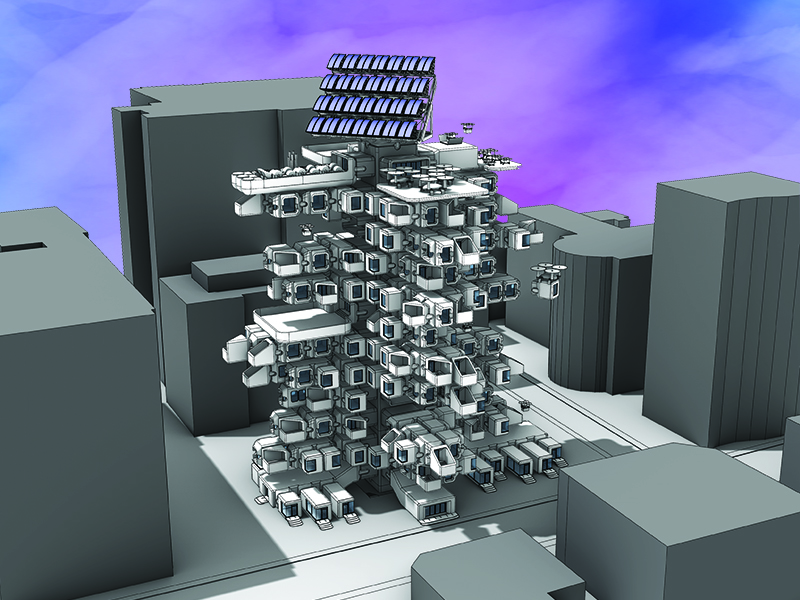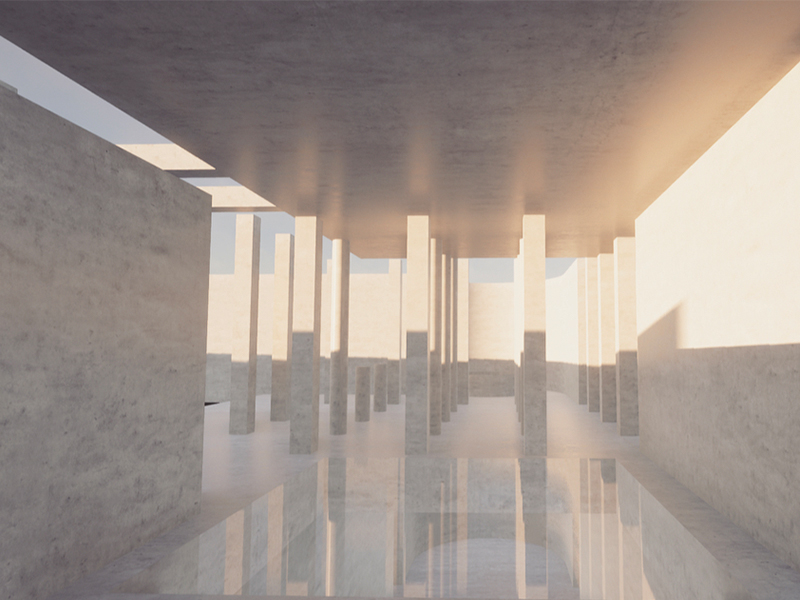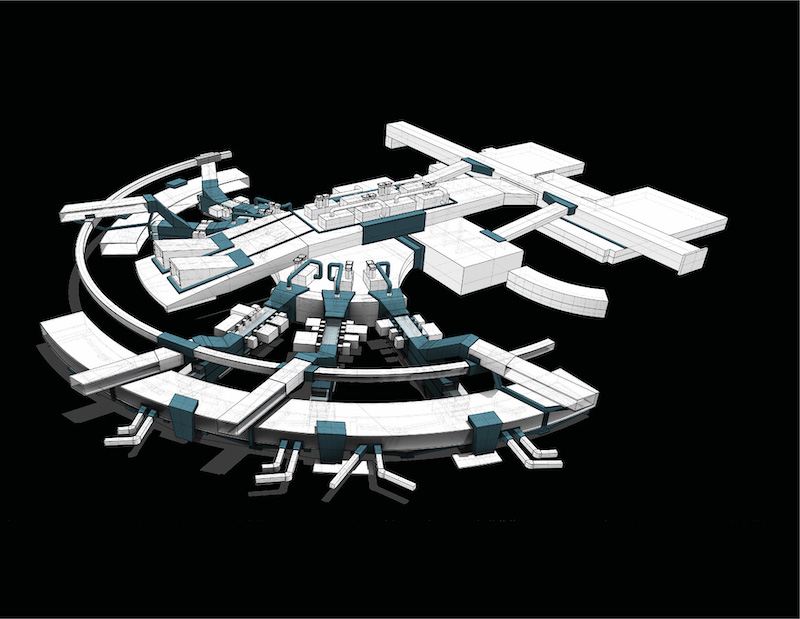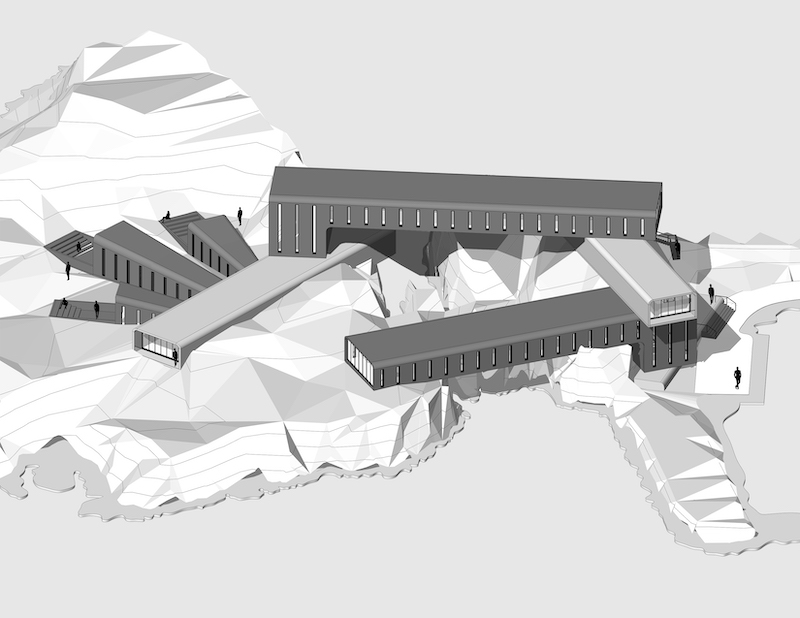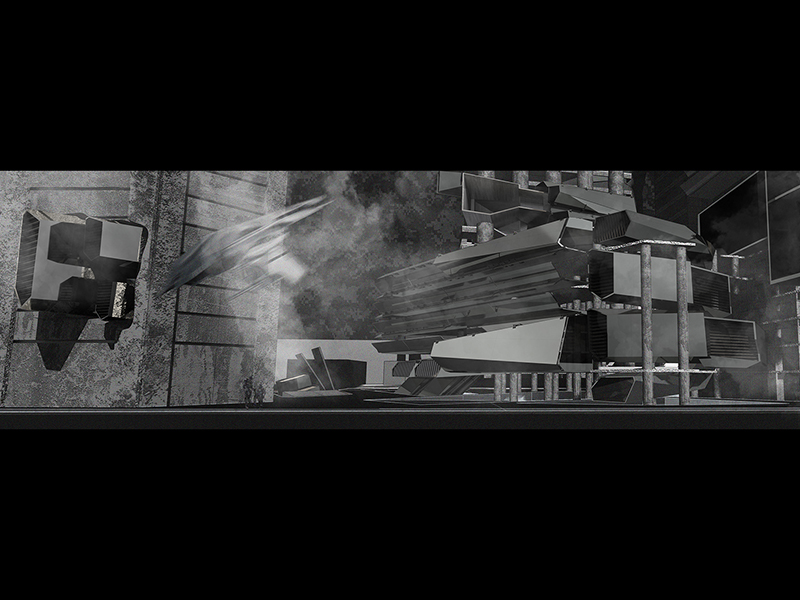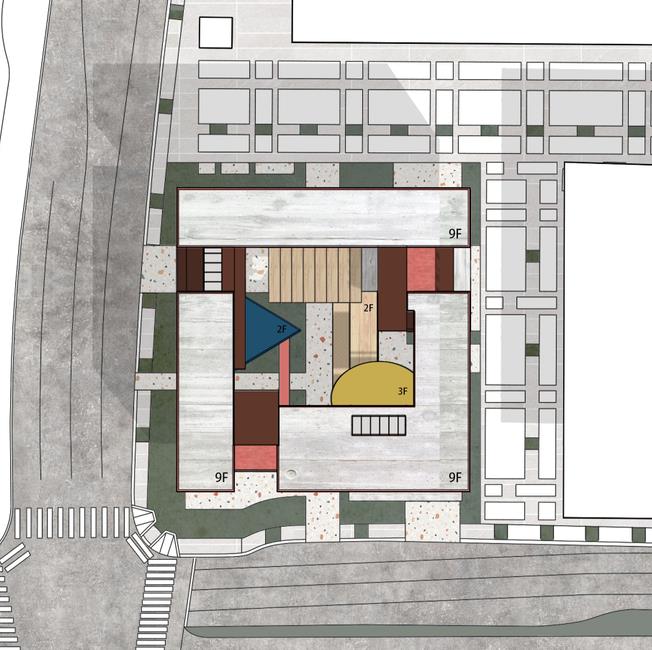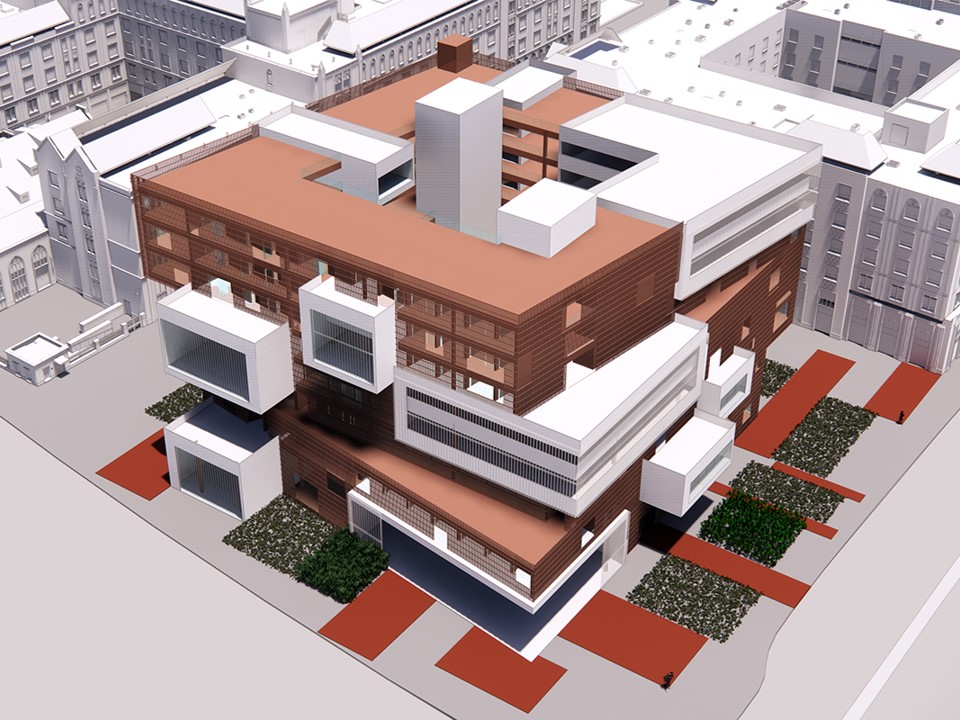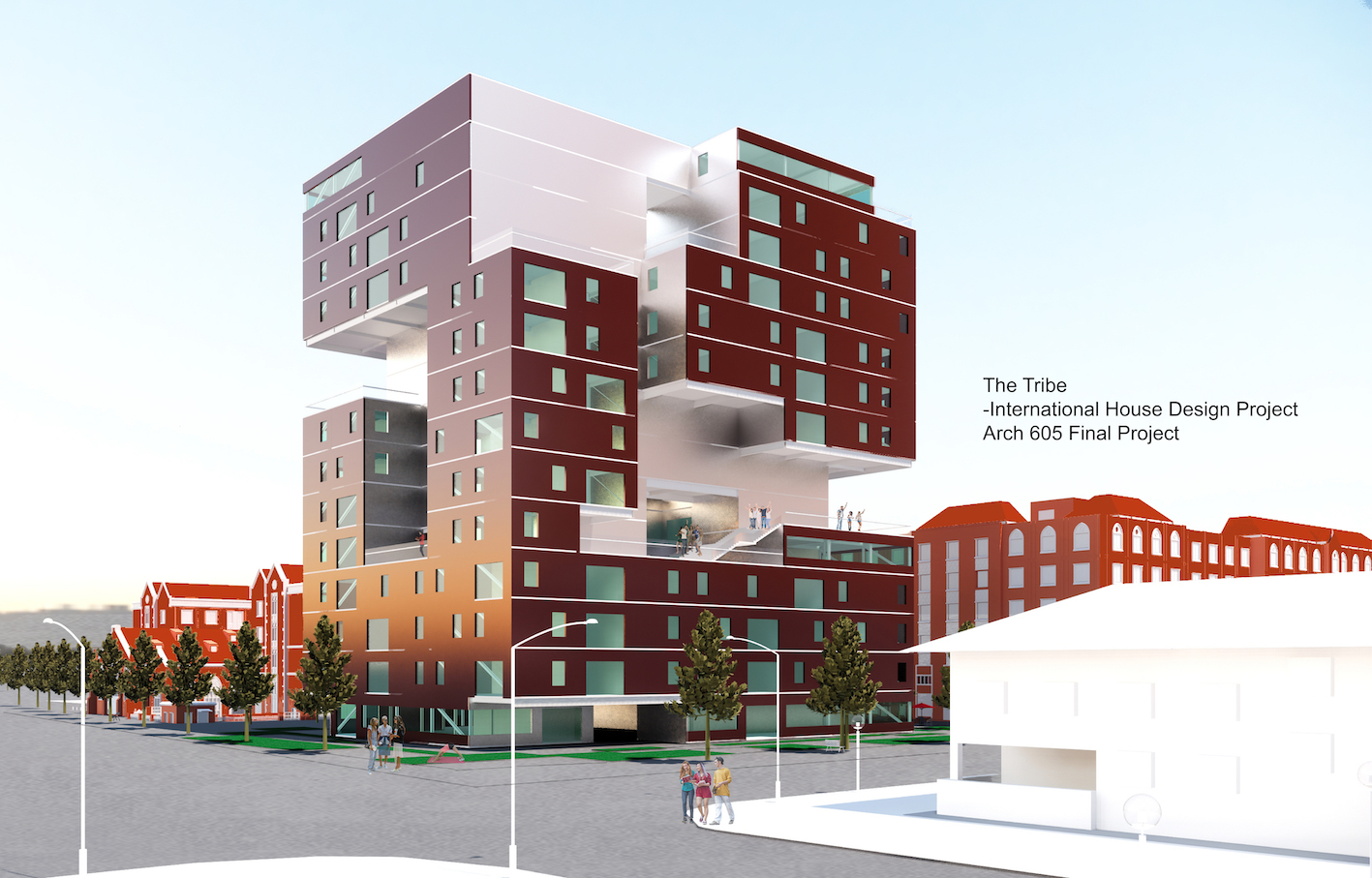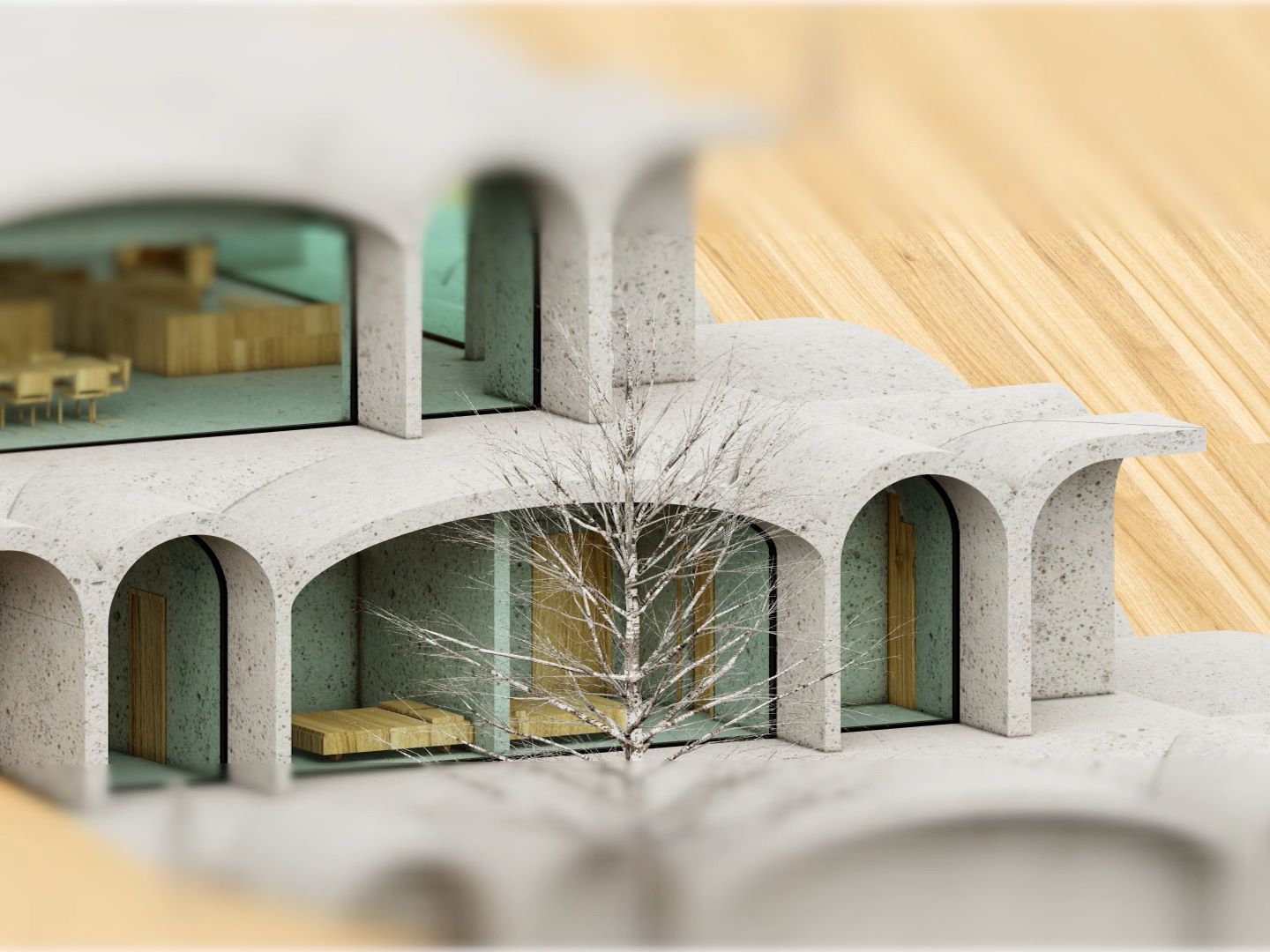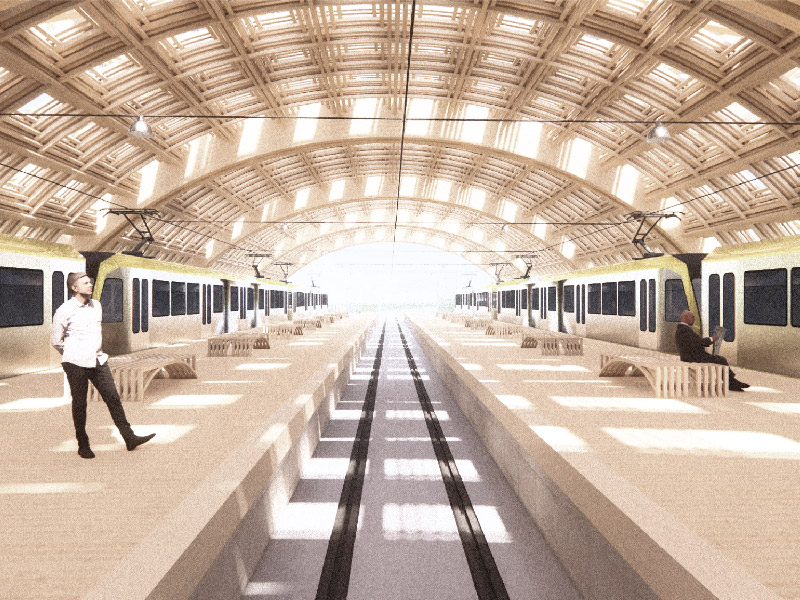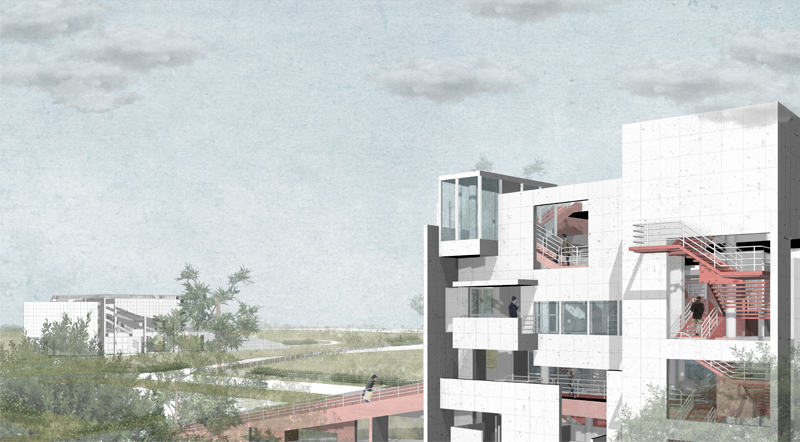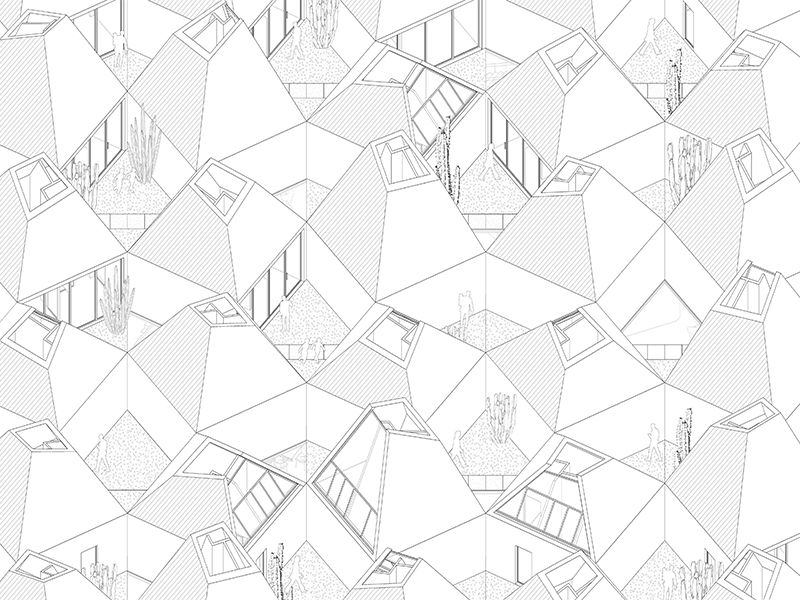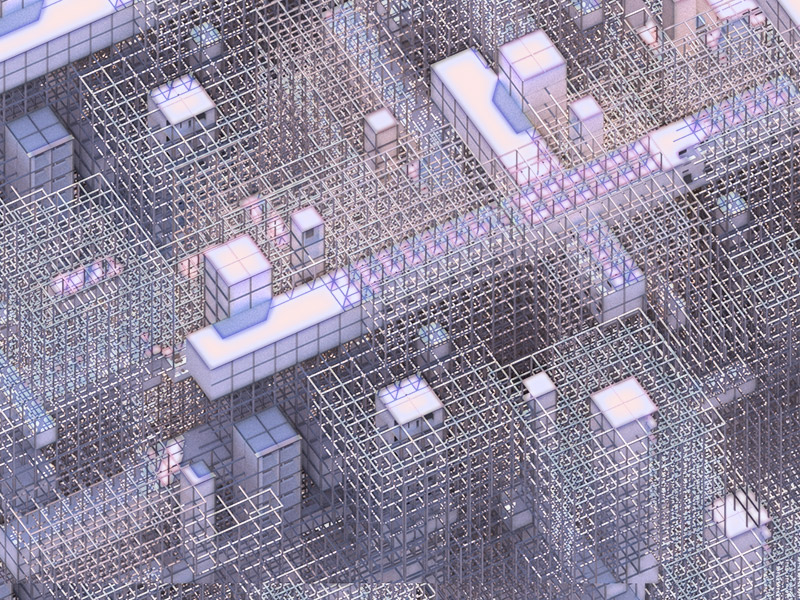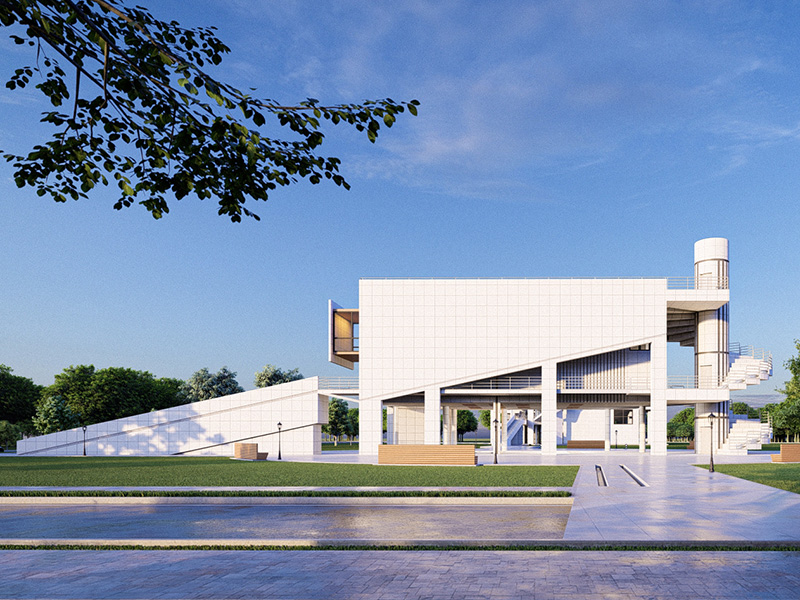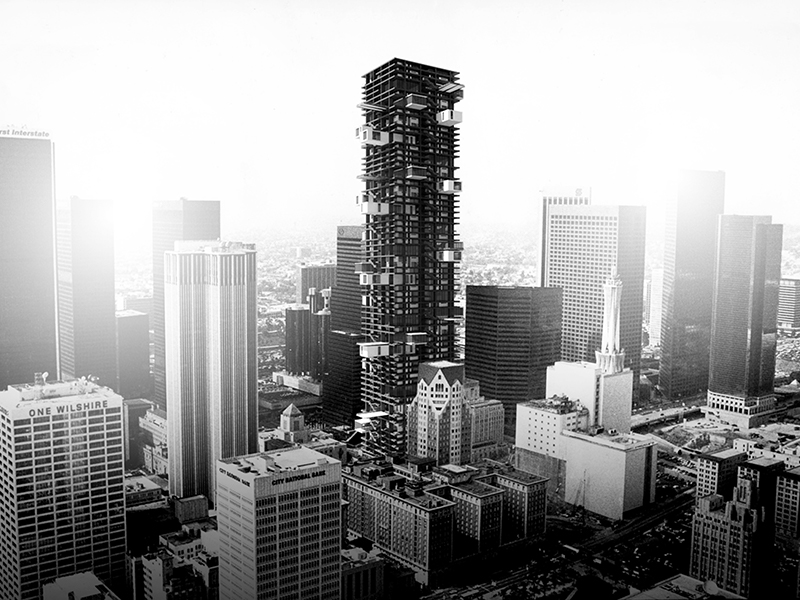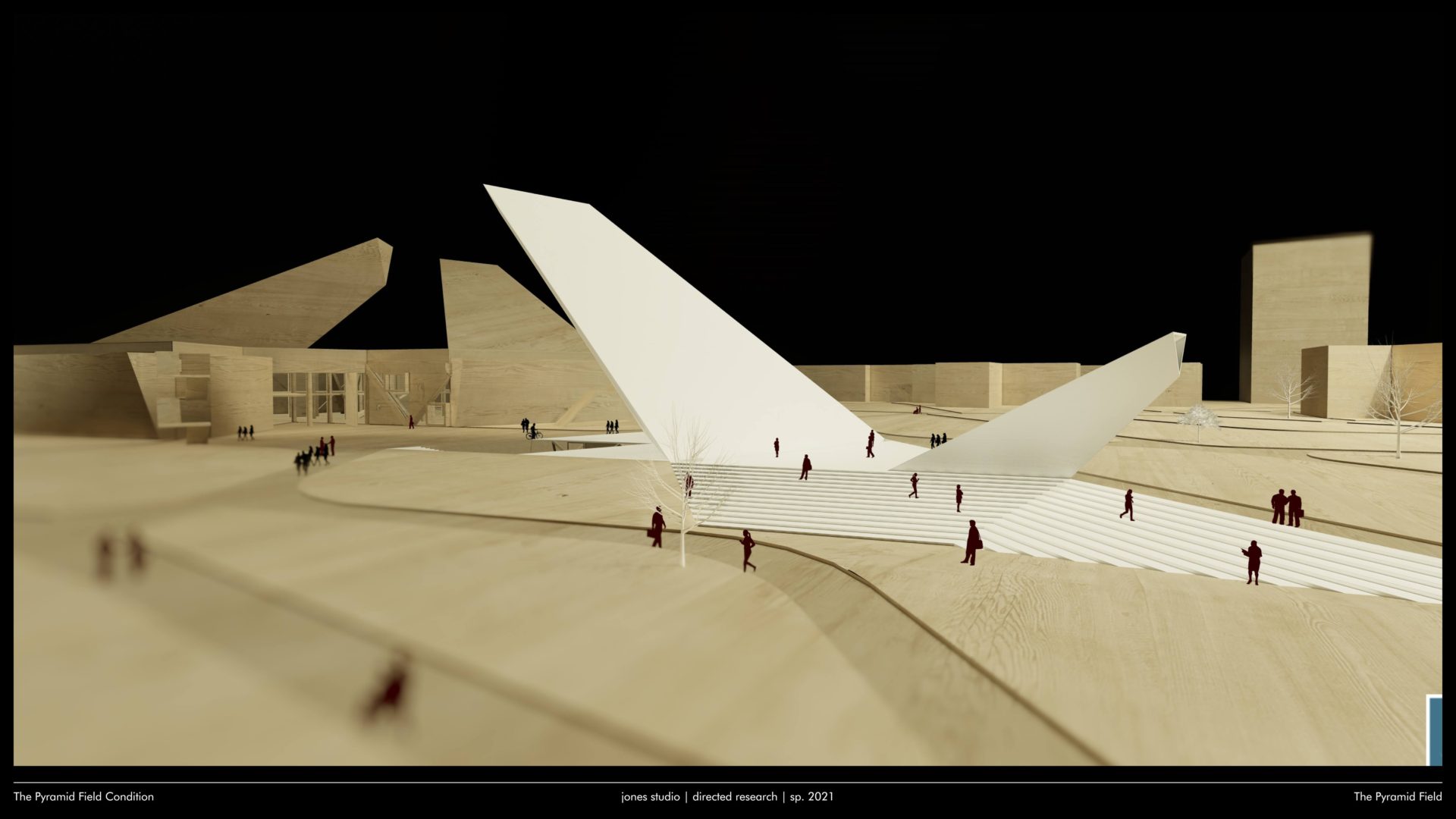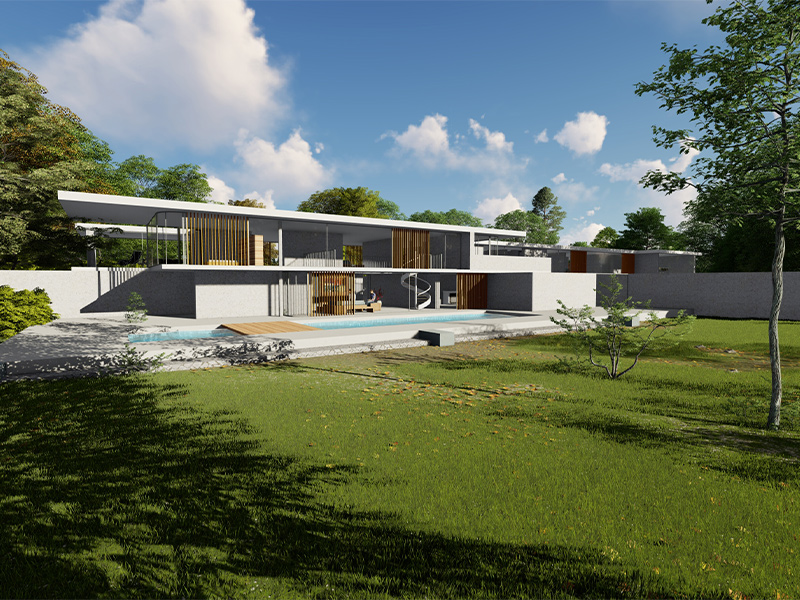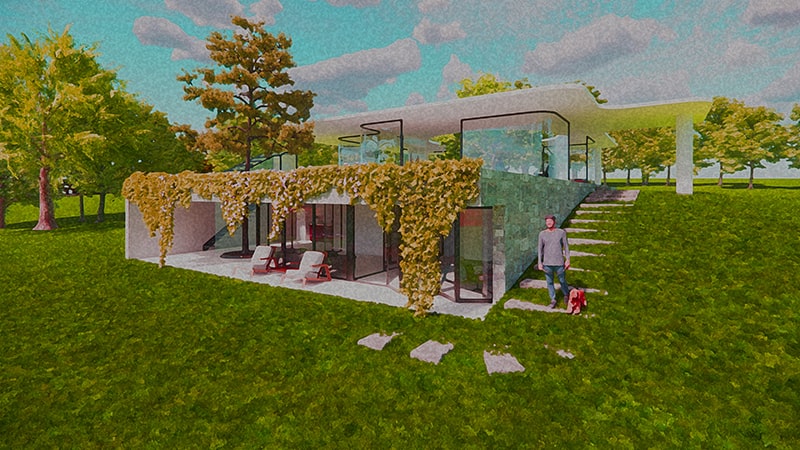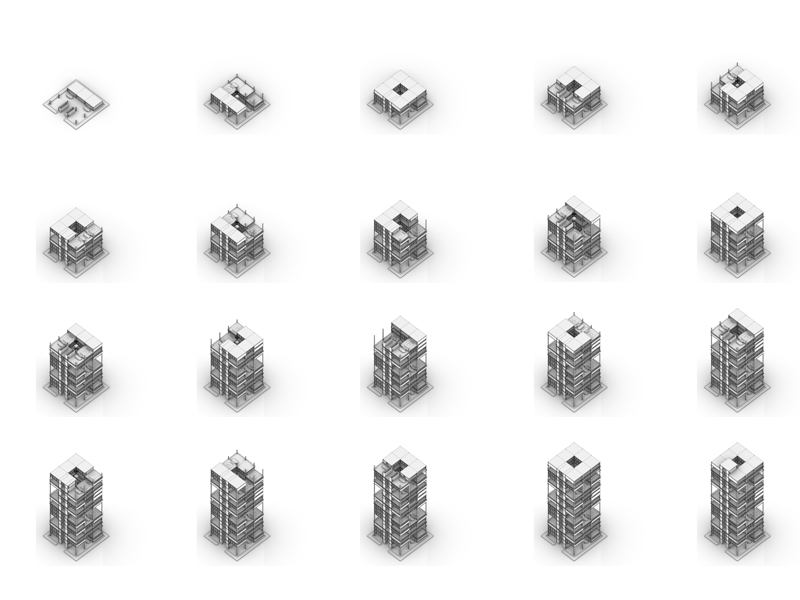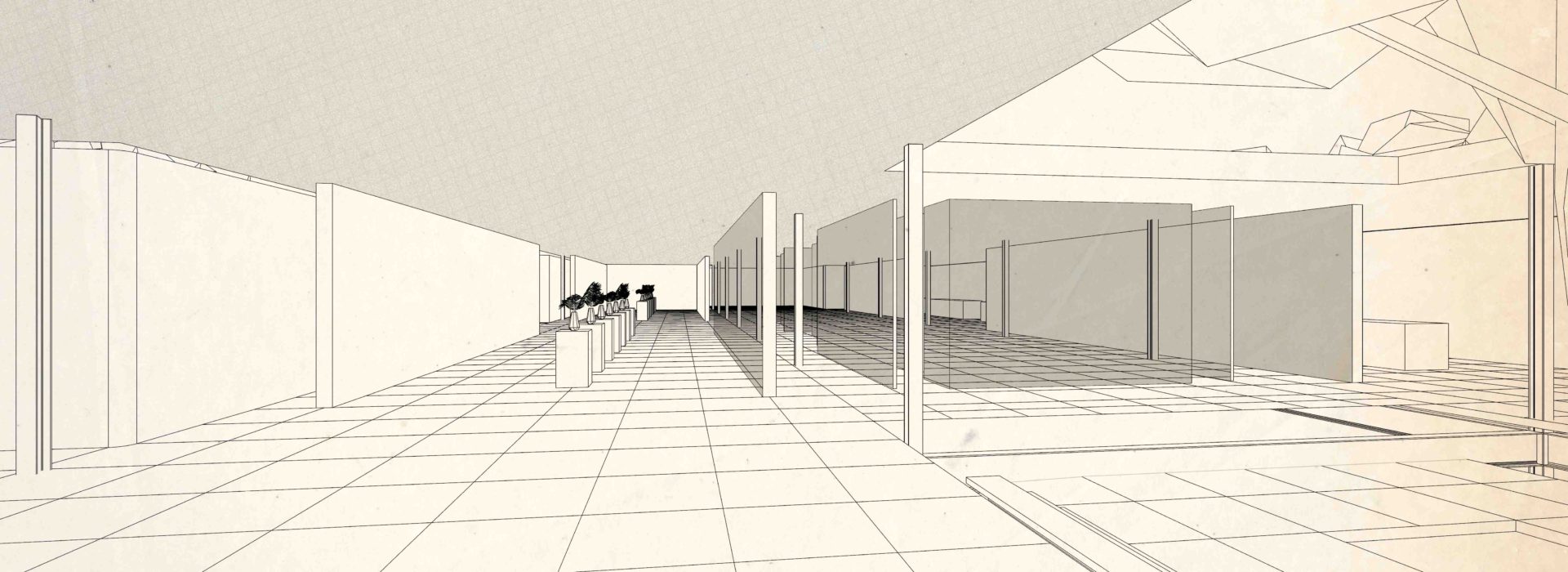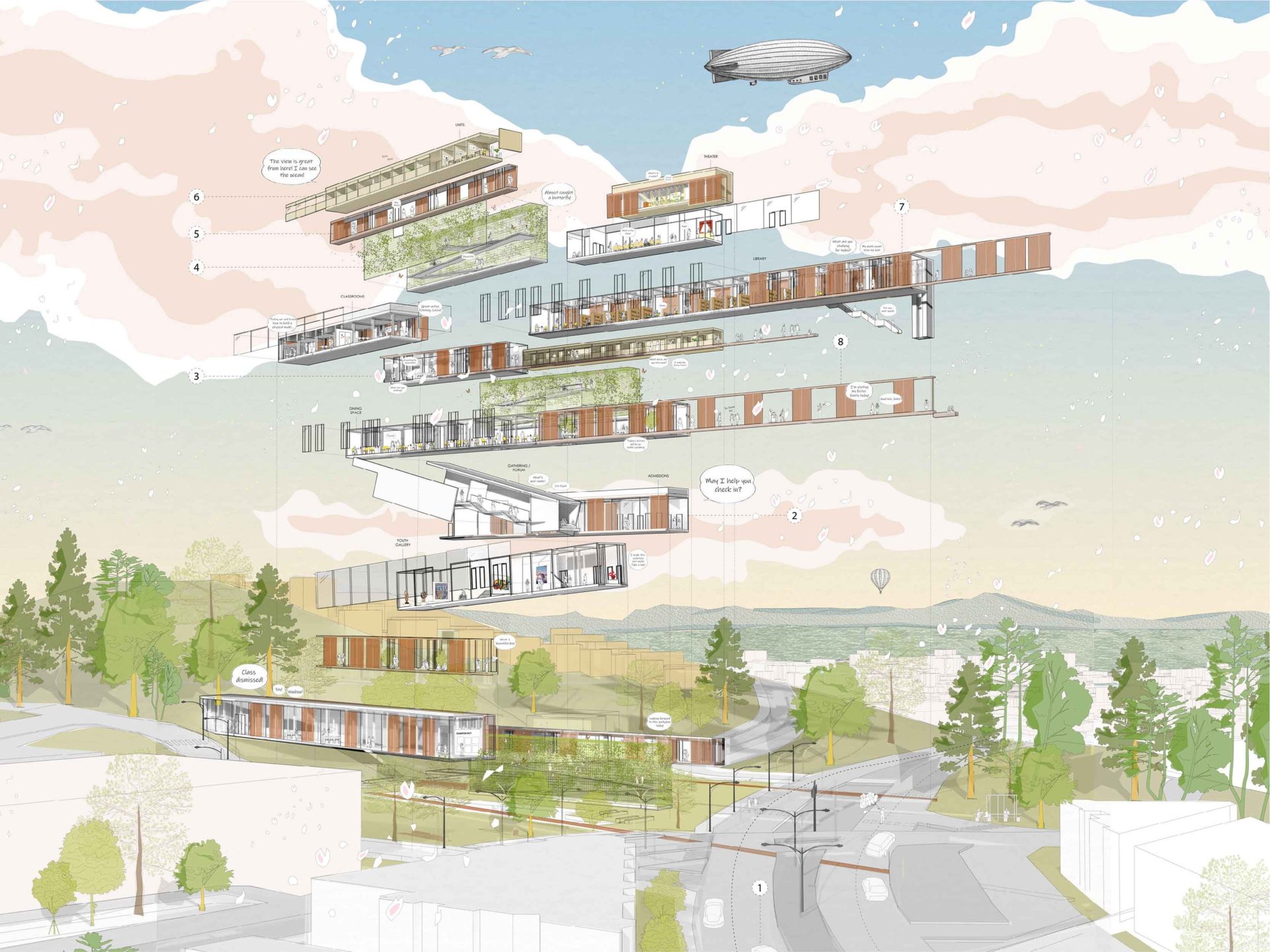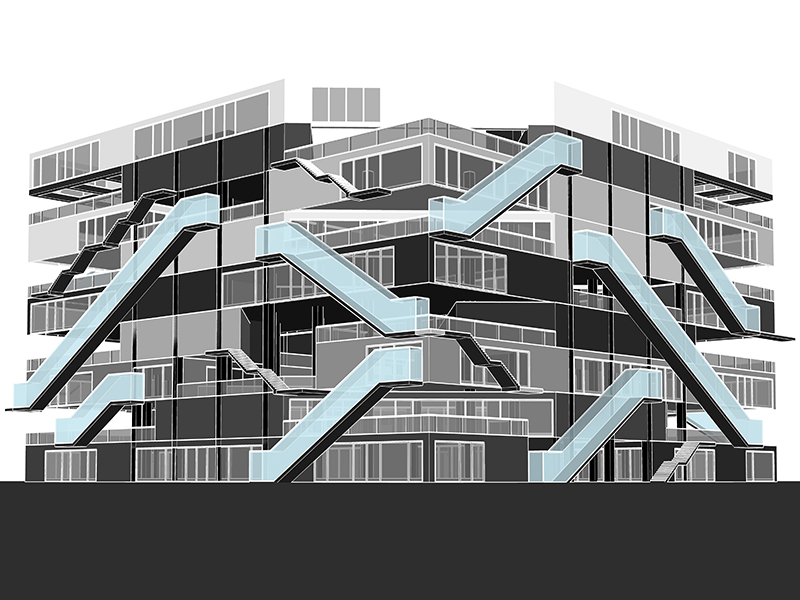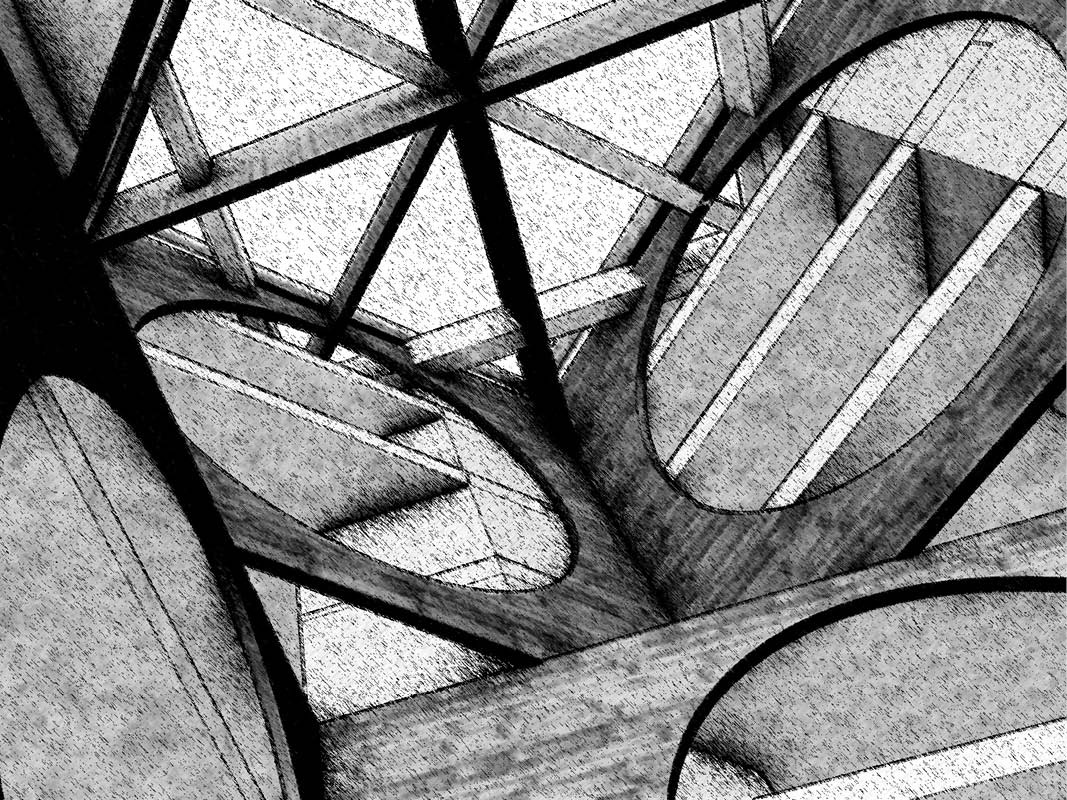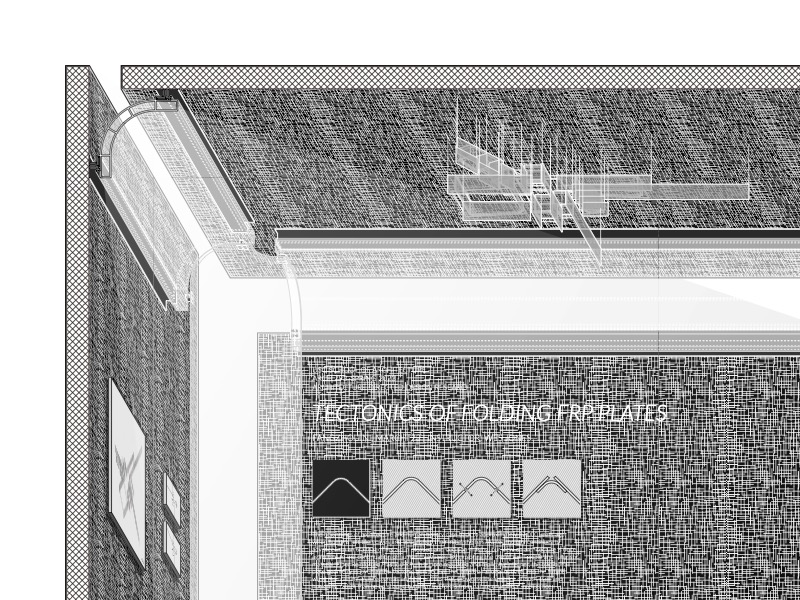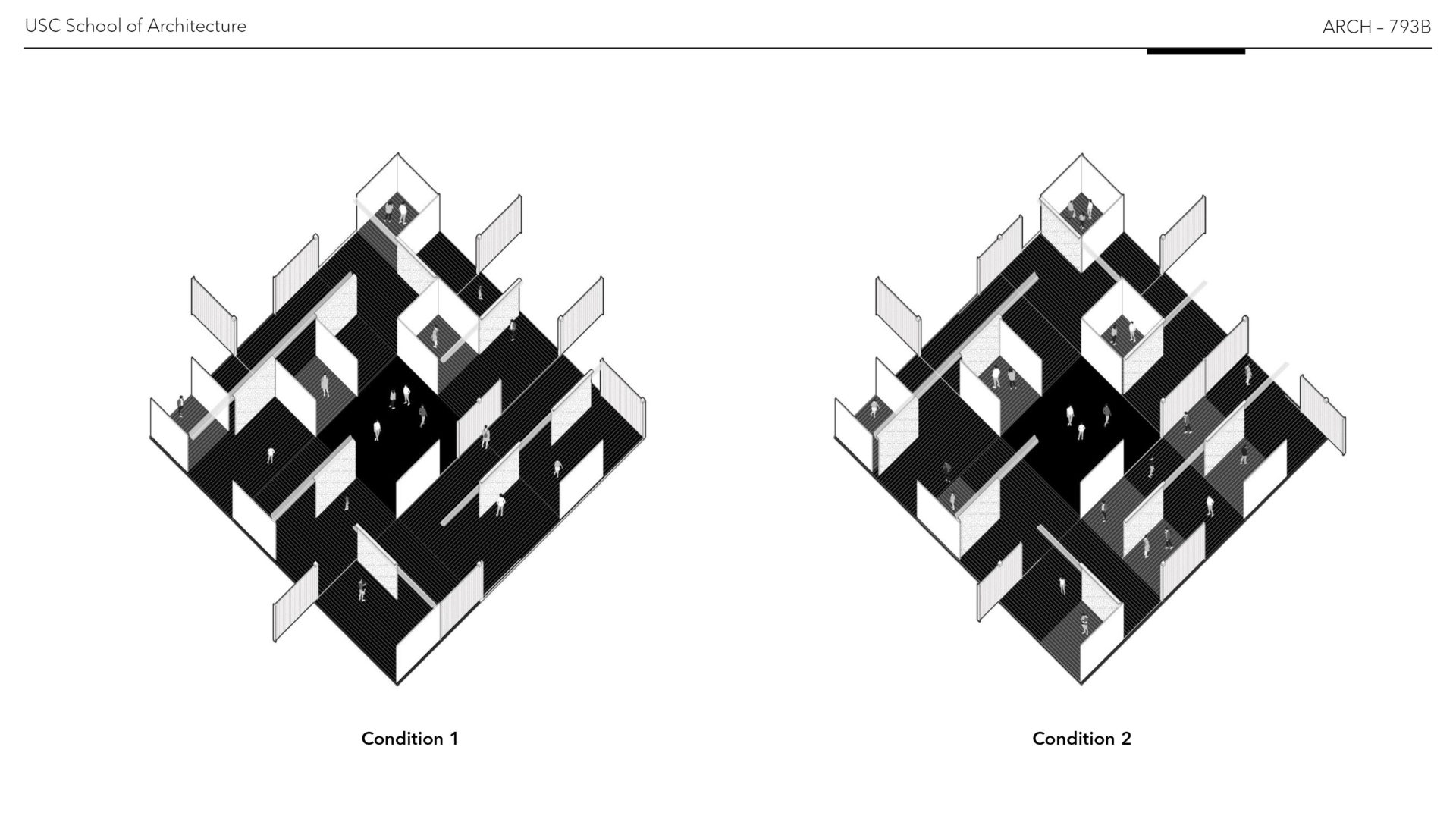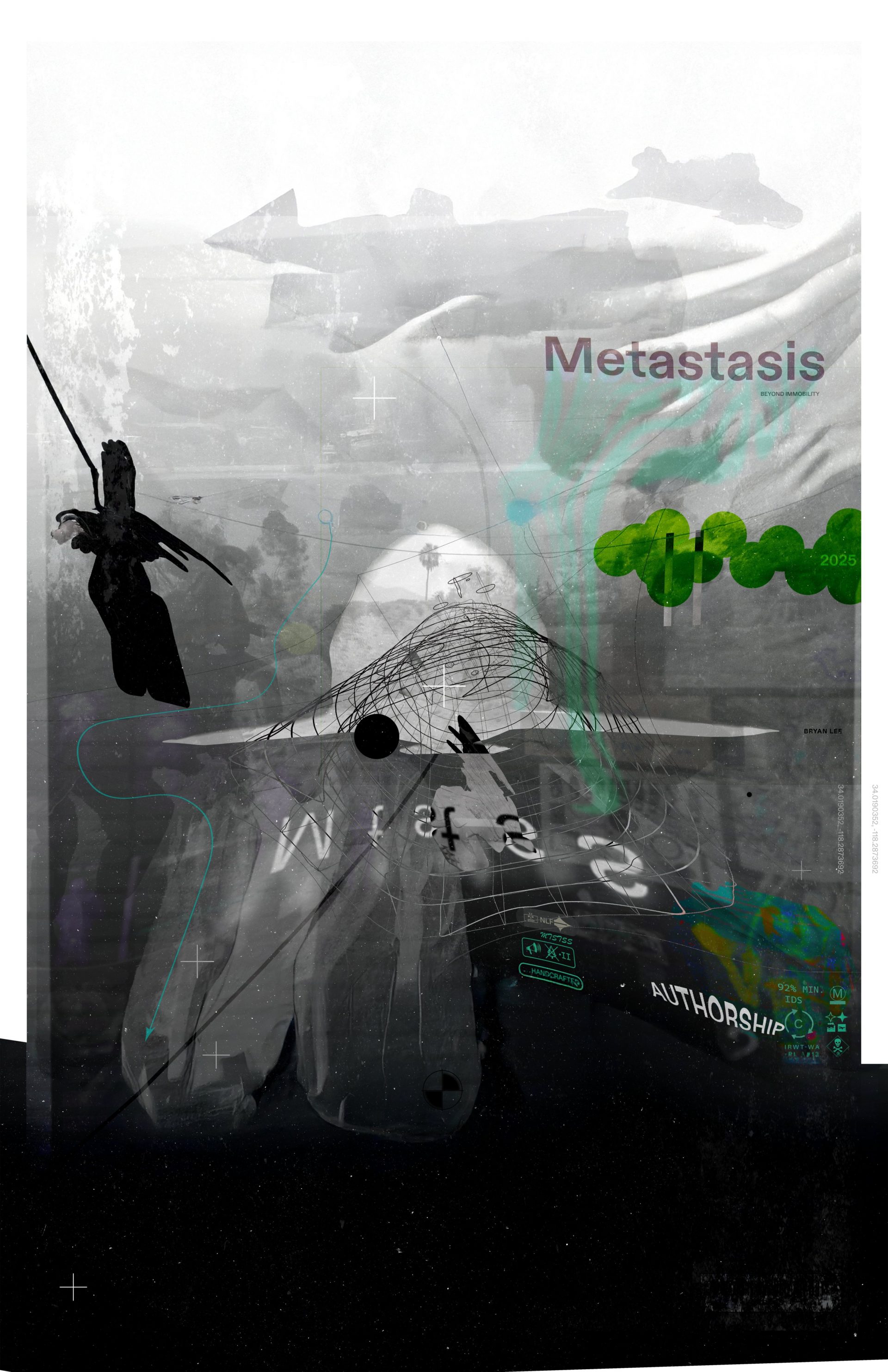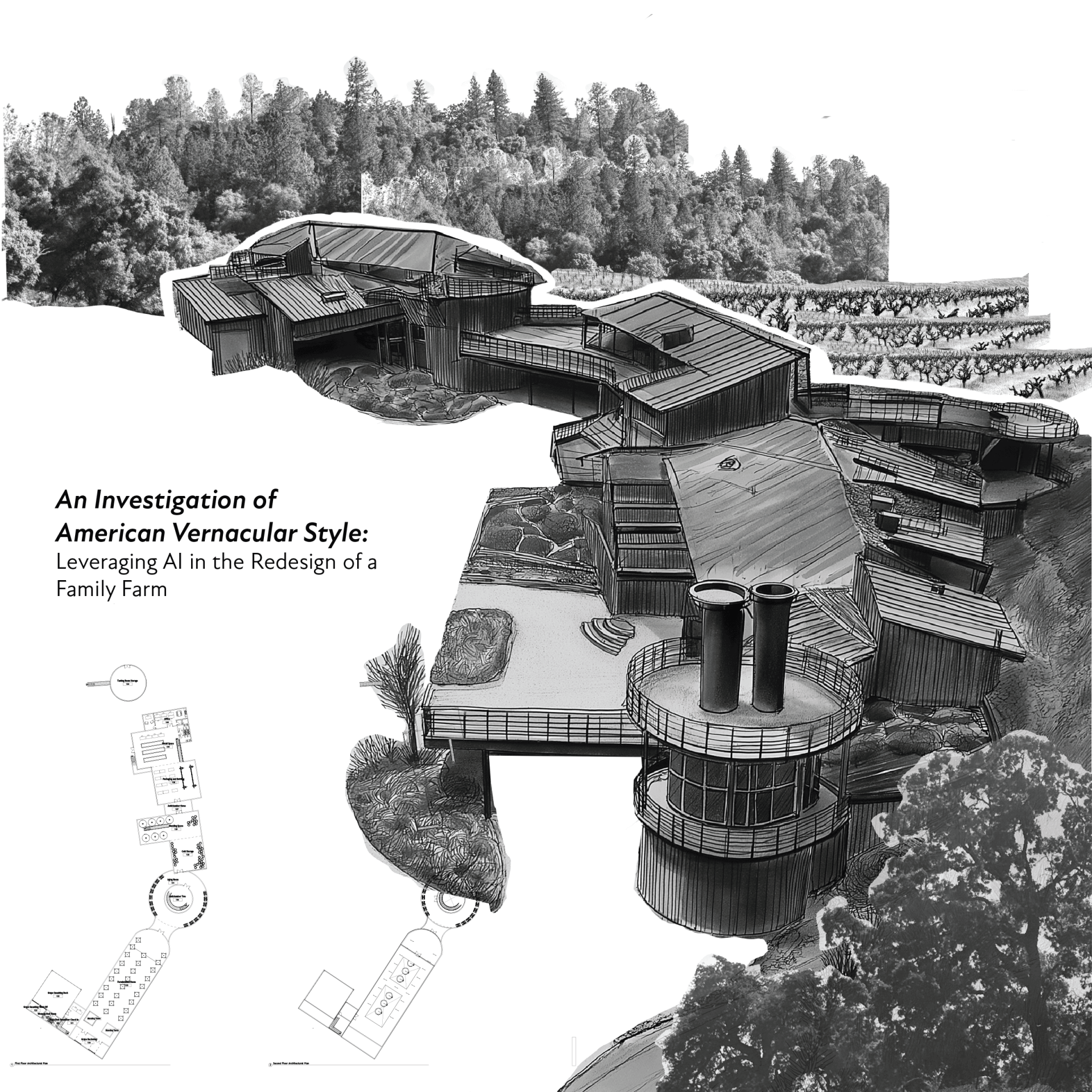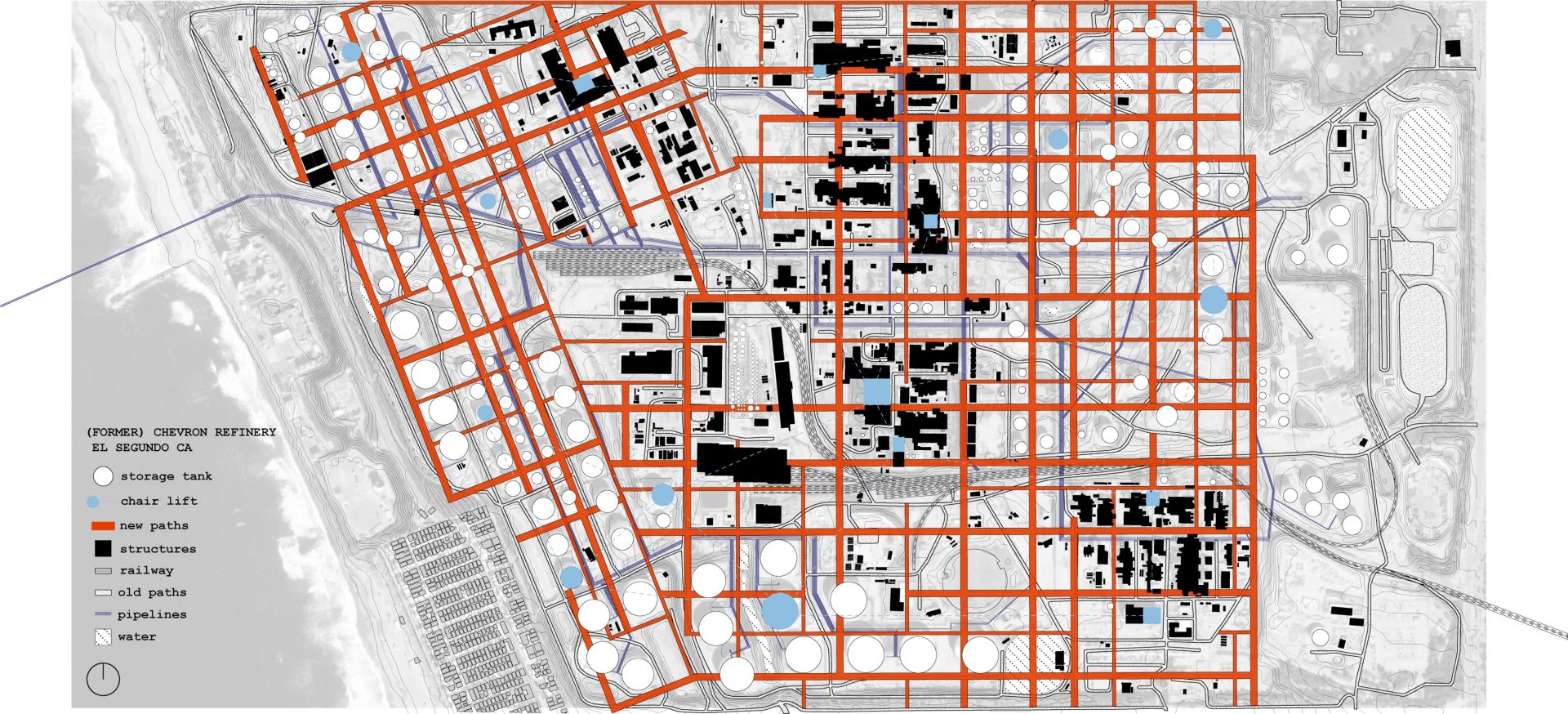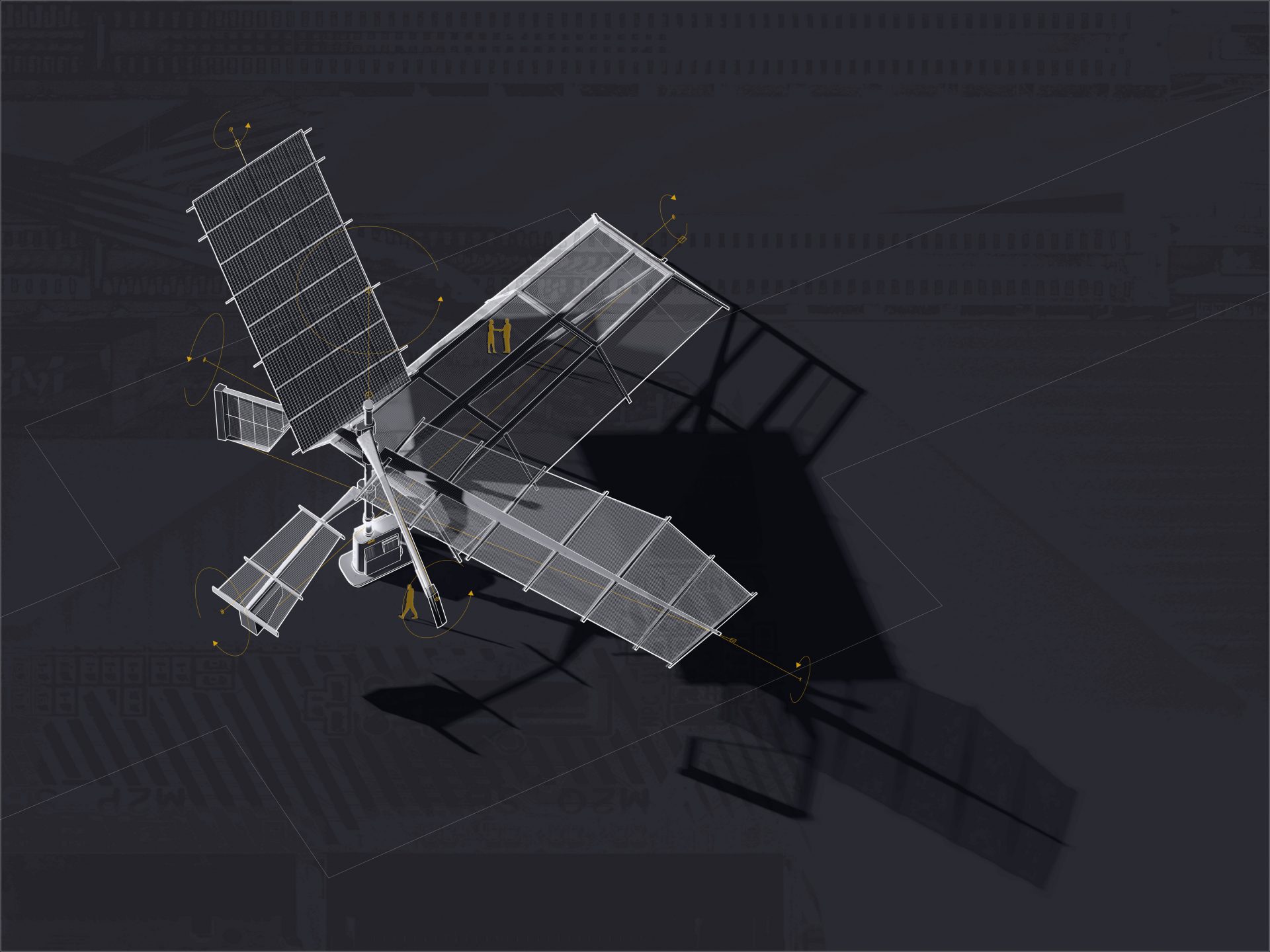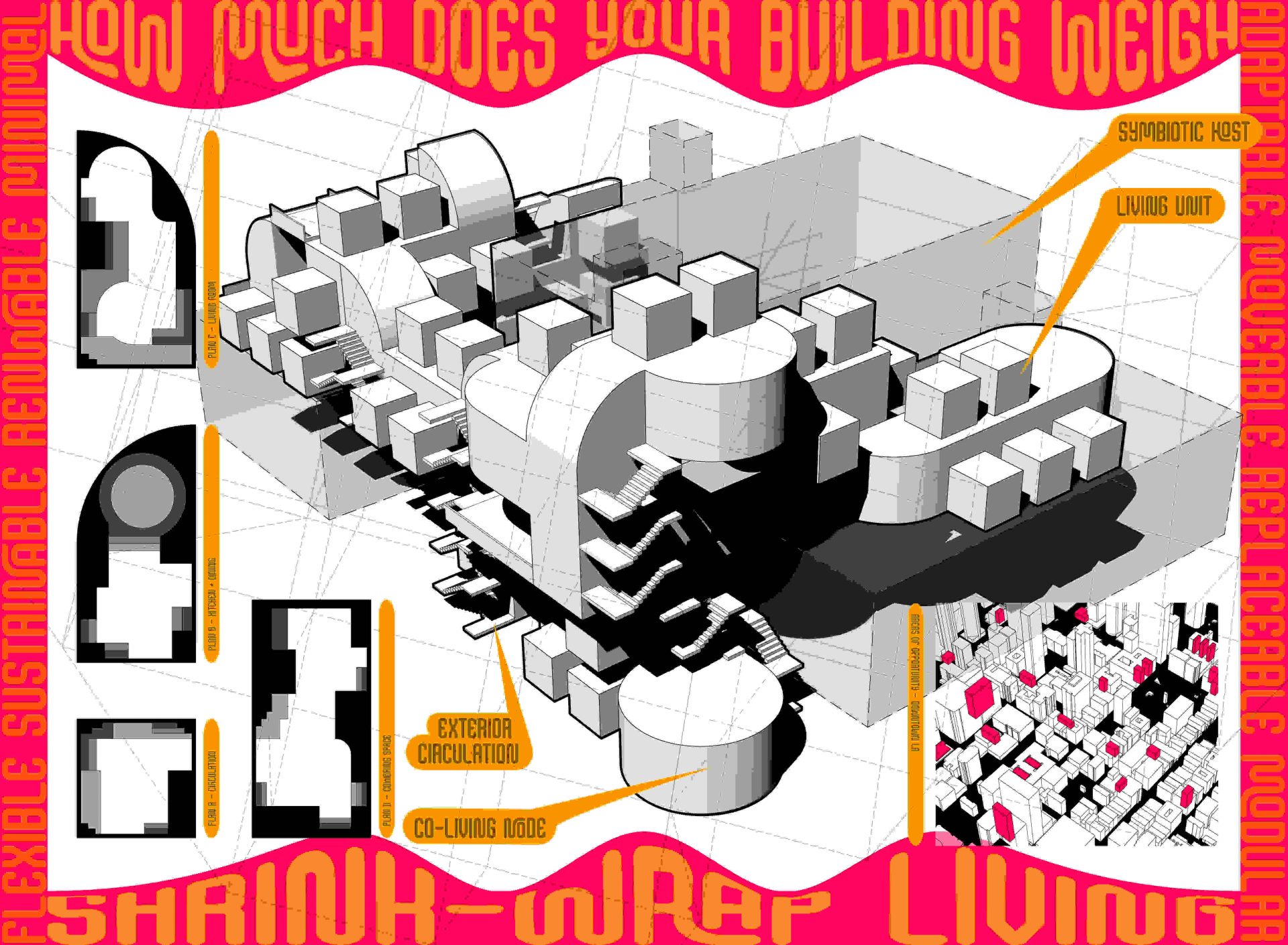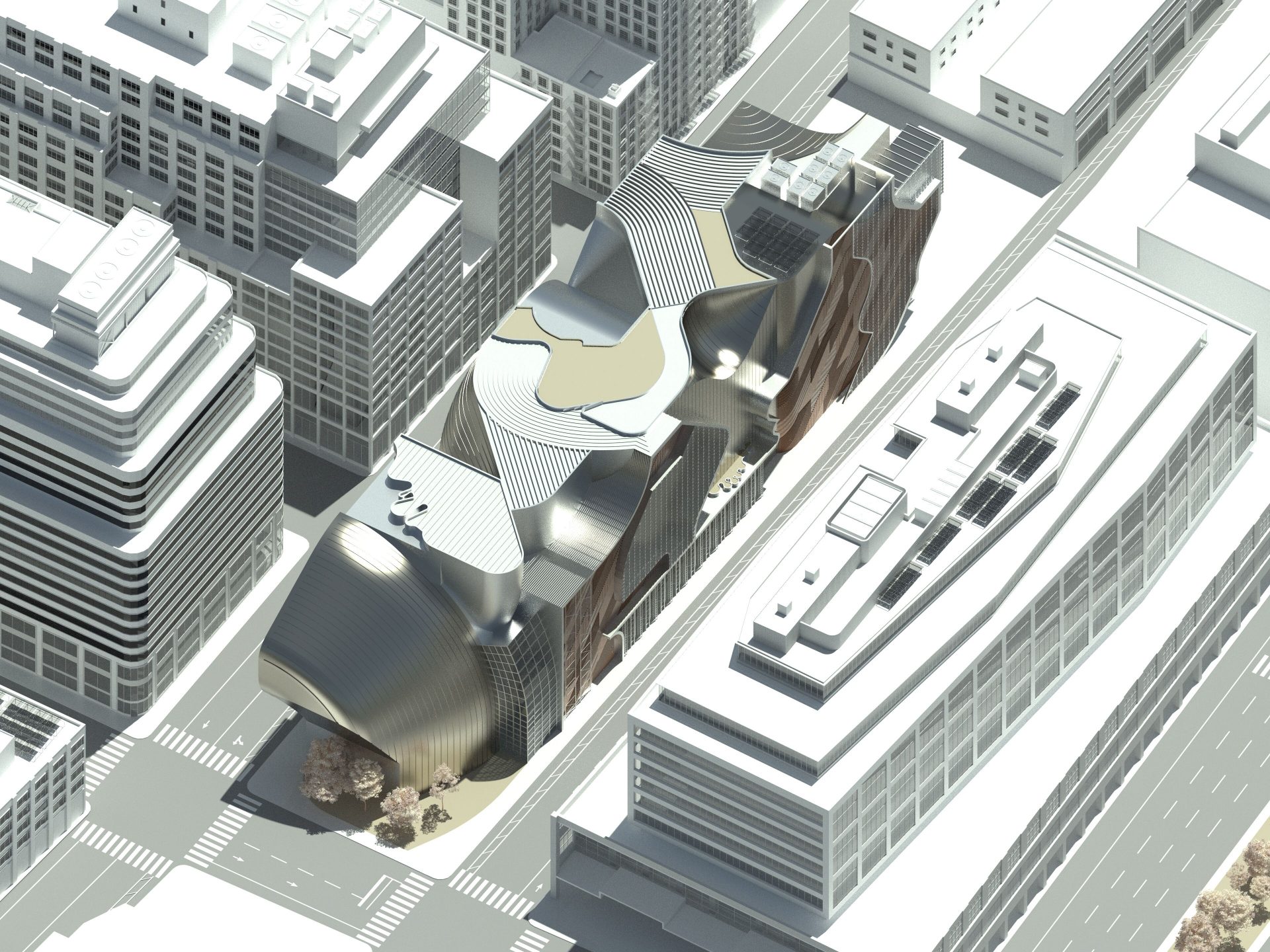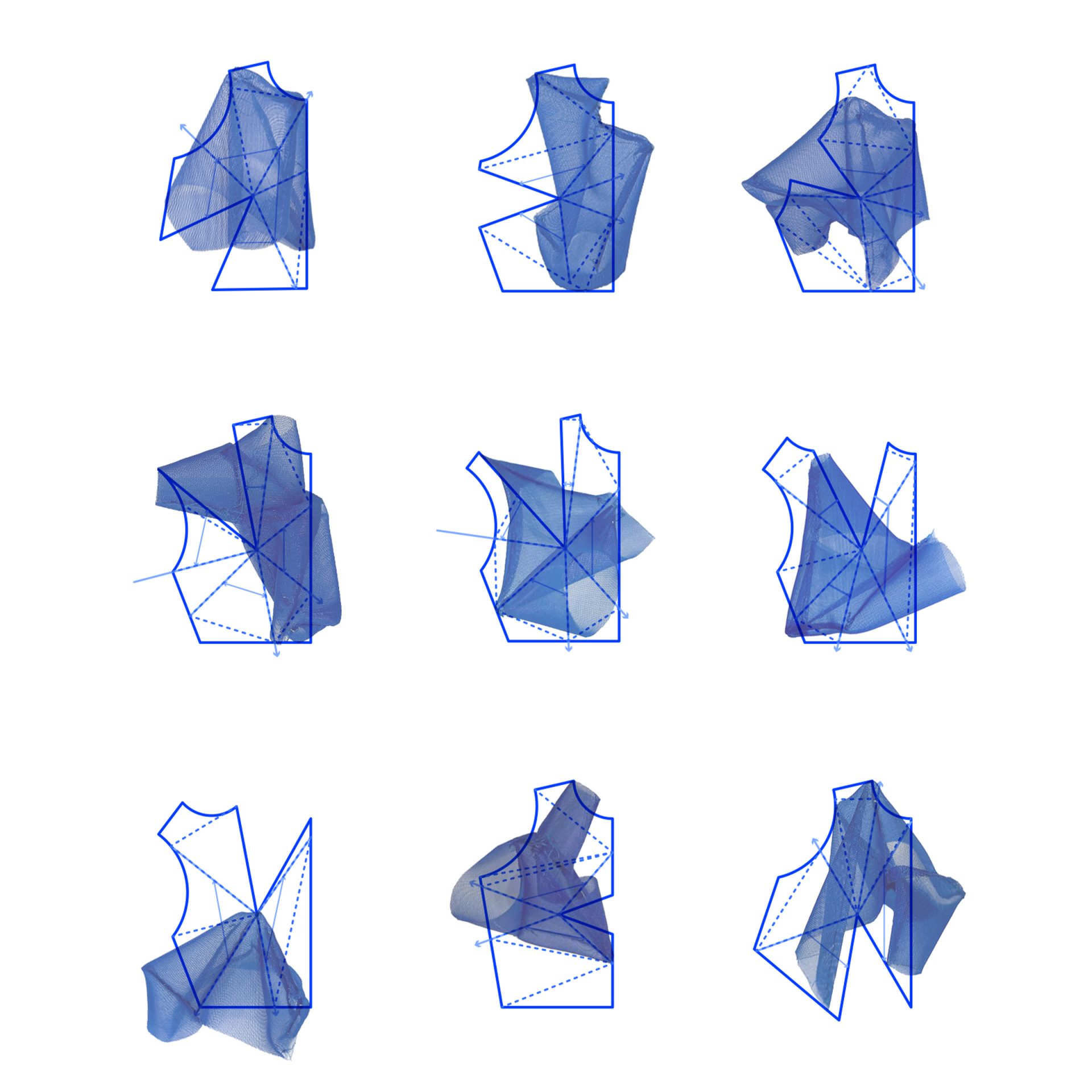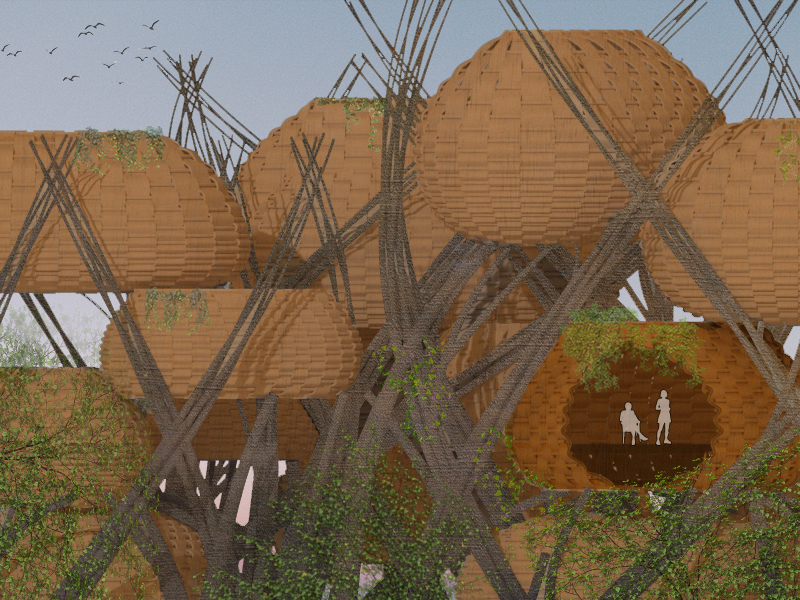The sense of purposefulness in Architecture
Value is what sets architecture apart from building. In architecture this value is expressed through Meaning.
But meaning is fraught. Meaning is sometimes a mess and sometimes a revelation. To architects, Meaning is never an accident, Meaning is meant. Which is to say, it’s intentional.
Architecture is a thing, composed of other things, and the meaning that architecture can convey, can intend, is derived from the relationship among these things. And some of these things are humans. This shared thingliness makes architecture naturally meaningful to humans beyond any particular intentions it may have in this regard. Humans empathize with stuff. When those things are meant to be meaningful, like Architecture, a special kind of empathetic bond is created.
The kind of meaning that empathetic intentional relationships have is purposefulness. Purposeful things are no accident, and this is evident in their appearance. They invite reading, and are invested with meaning, and their audience expects to be satisfied by the promise of understanding. Architecture is perhaps the prime example of this.
Yet currently there is a general lack of interest in meaning in architecture. Instead, randomness, chance and obscurity are proliferating among fashionable contemporary practices. The causes for this are not themselves obscure—they include the demise of modernism’s earnest optimism in favor of the devalued cultural meanings of a cynical historicism, the critiques of an opportunistic deconstructivism questioning the desirability of uncontrollable meaning, and the siren call of new digital technologies taking form beyond a comprehension necessary to meaning.
This studio took up the cause of meaning in architecture again. It began with the premise that purposefulness is the best route to this, since it is culturally neutral, historically free and directly intuitive. A serious examination of this premise in the fall semester showed that the empathetic purposefulness that marks the meaning things have for humans has evolved with those humans into a shared “common sense” that is formalized in science and technology as what can only be called a “mechanical logic.”
The twelve projects included in this digital gallery examine this premise in depth and demonstrate ways in which it can be actuallzed in practice and design.
